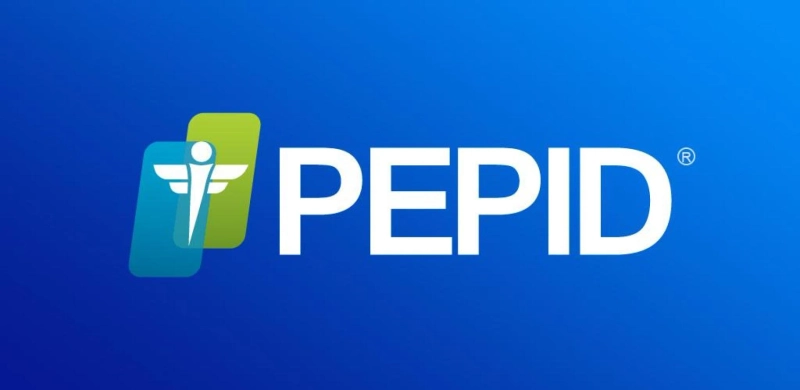In the dynamic landscape of healthcare, the integration of technology has paved the way for innovative solutions that enhance patient care and streamline medical processes. One such exemplar is the PEPID® app, a comprehensive healthcare tool designed to empower healthcare professionals with instant access to critical medical information. This guide will explore the essence of the PEPID® app, the intricate development process, key features, and considerations for estimating the development cost.
Development Guide of Process PEPID®
1. Defining the Purpose and Audience:
Clearly articulate the purpose of your healthcare app and identify the target audience. Understanding the specific needs of healthcare professionals will guide the development process.
2. Regulatory Compliance:
Familiarize yourself with healthcare regulations and standards. Given the sensitive nature of medical information, compliance with regulations such as HIPAA is crucial. Collaborate with a trusted mobile app development company experienced in navigating these regulatory landscapes.
3. Platform Selection:
Decide whether your app will be native to iOS, Android, or a cross-platform solution based on the preferences of your target users. Consider factors such as user demographics, market share, and device compatibility.
4. User-Centric Design:
Prioritize a user-friendly design that aligns with the workflow of healthcare professionals. Consider features such as intuitive navigation, clear data presentation, and customizable interfaces to enhance usability.
Must Read: Healthcare App Development: A Detailed Guide
5. Integration with Healthcare Systems:
Establish seamless integration with existing healthcare systems, electronic health records (EHRs), and medical databases. Collaborate with healthcare providers to ensure interoperability and data accuracy.
6. Clinical Decision Support Features:
Implement features that provide clinical decision support, such as medical calculators, drug interaction databases, and diagnostic tools. These tools enhance the efficiency and accuracy of medical decision-making.
7. Offline Accessibility:
Given the unpredictable nature of healthcare environments, consider providing offline accessibility for critical features. This ensures that healthcare professionals can access essential information even in areas with limited or no network connectivity.
8. Regular Updates and Maintenance:
Develop a plan for regular updates and maintenance to keep the app current with medical guidelines, drug databases, and emerging technologies. This ensures that healthcare professionals can rely on the app for up-to-date information.
Read Also: Digital Transformation in Healthcare Industry
Conclusion,
Developing a healthcare app inspired by PEPID® requires meticulous planning, a deep understanding of healthcare workflows, and a commitment to providing valuable tools for medical professionals. By prioritizing features that enhance clinical decision support, accessibility, and interoperability, your app can become an indispensable companion for healthcare professionals.
Collaborate with a reputable healthcare app development company, leverage the expertise of app developers in India, and embark on a journey to revolutionize healthcare through technology.


